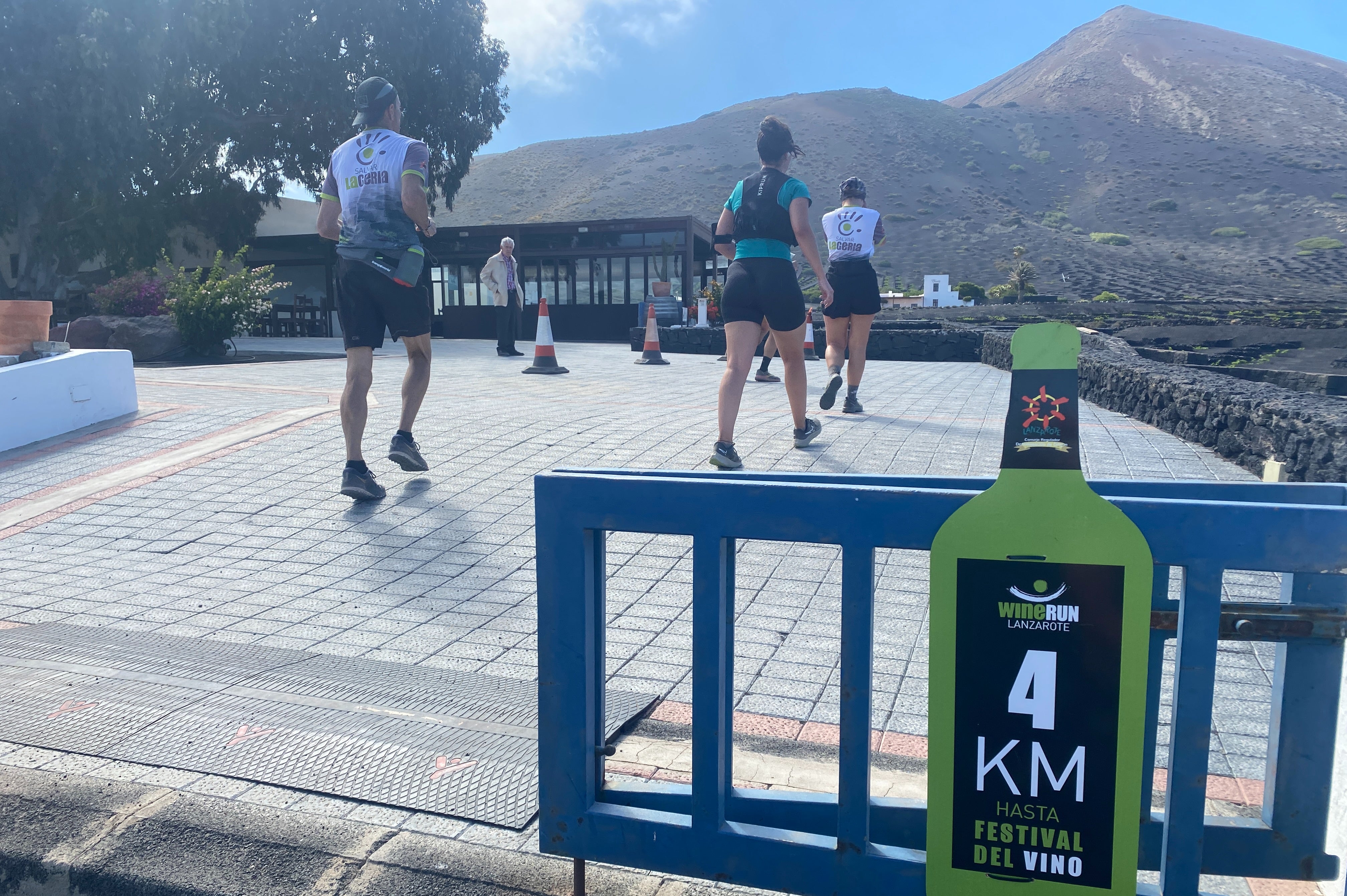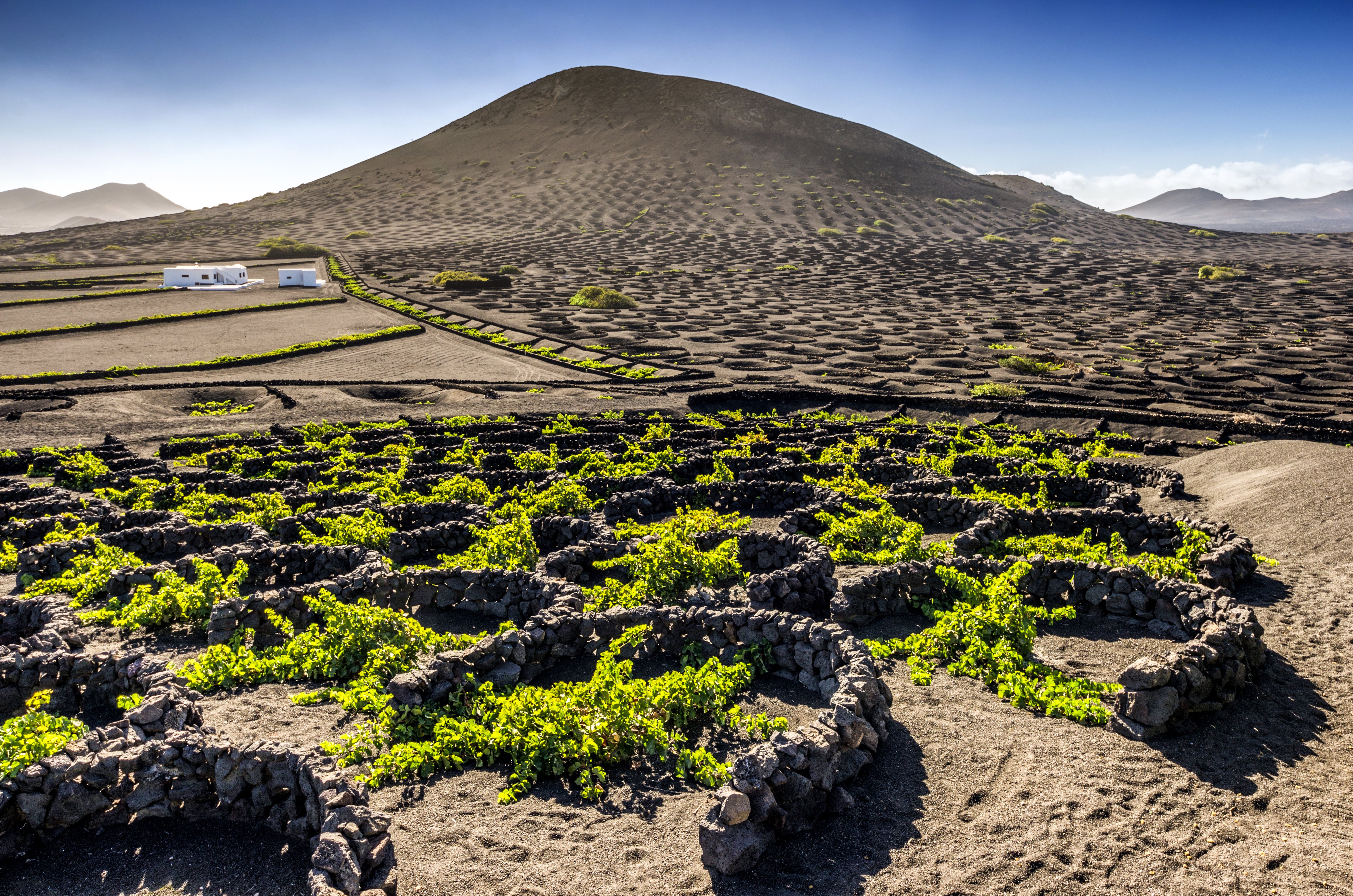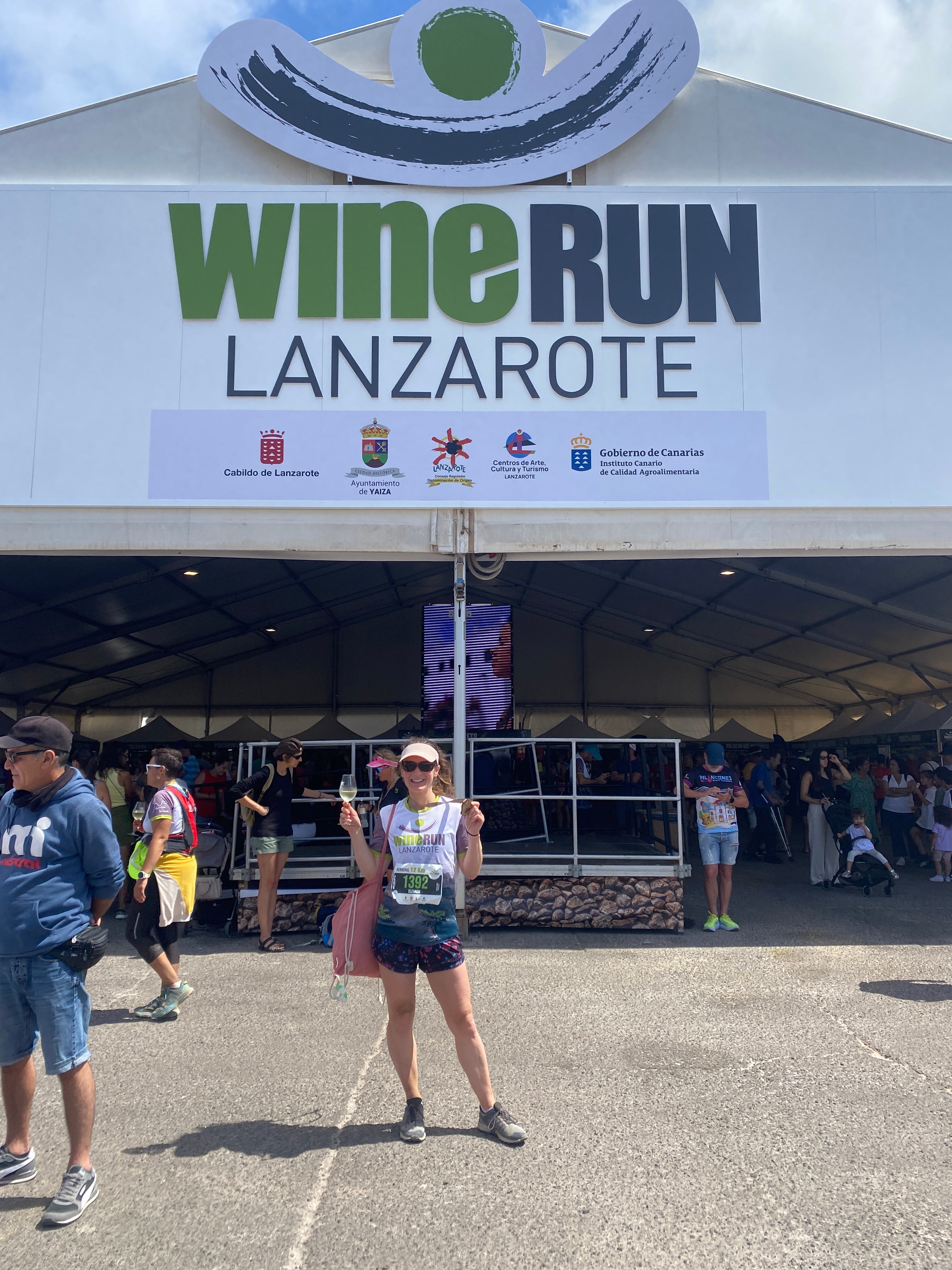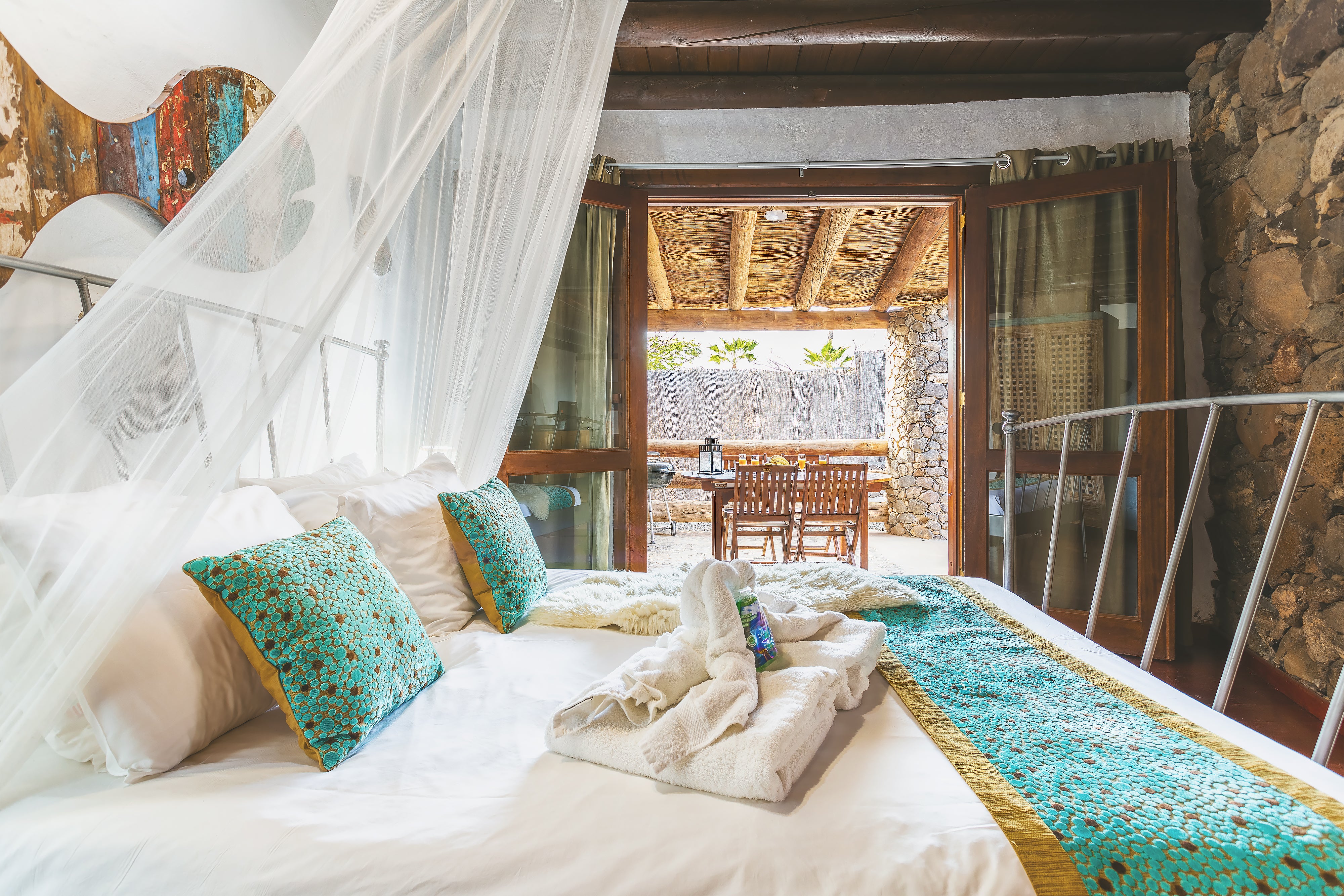This website uses cookies so that we can provide you with the best user experience possible. Cookie information is stored in your browser and performs functions such as recognising you when you return to our website and helping our team to understand which sections of the website you find most interesting and useful.
Your support helps us to tell the story
This election is still a dead heat, according to most polls. In a fight with such wafer-thin margins, we need reporters on the ground talking to the people Trump and Harris are courting. Your support allows us to keep sending journalists to the story.
The Independent is trusted by 27 million Americans from across the entire political spectrum every month. Unlike many other quality news outlets, we choose not to lock you out of our reporting and analysis with paywalls. But quality journalism must still be paid for.
Help us keep bring these critical stories to light. Your support makes all the difference.
Shortly after crossing the start line of my 12km race with a cheery crowd of fellow runners, I’m met with eerie blackened lava fields, pitted with craters. The excited chatter from our pre-race Zumba warm up quickly dies down as we begin to tackle rising heat, a crosswind and – toughest of all – volcanic ash underfoot. The black, dusty gravel crunches and spills into my trainers with each step.
When I’d heard about a ‘wine run’ that was making a comeback after the pandemic, I was quick to sign up. I had visions of trotting through row upon row of green vines, stopping for the occasional glass of the good stuff while surveying lush surroundings in the sunshine.
But this was the Lanzarote Wine Run, taking place on the lunar-like landscape of the Spanish island. The event consists of a 12km or 23km route through the wine-growing region of La Geria (you can run, or walk the shorter trail), culminating with a wine festival at the finish line.

Read more: Spanish islands with sun and volcanic peaks that you should make your next holiday destination
The irony is that this ash known as “picón”, which is making the run so much harder, is precisely what makes Lanzarote’s wine so good. The island was devastated by volcanic eruptions in the 1730s, and vast areas are still buried beneath lava. But islanders showed resourcefulness in the face of adversity and discovered that the island’s new volcanic composition allowed grapevines to survive, and even flourish.
A couple of days before the run, I joined a vineyard walk and tapas tour with Wine Tours Lanzarote to learn more about wine-making on the island. Our group of four was steered through three different wineries by Anita Sanz Sanchez, who moved to Lanzarote from Madrid in 2006 after falling in love with the island while on holiday.
Anita revealed her passion for the island’s wines as we explored Bodegas Rubicón, a vineyard that I would soon be running through. Flanked by the flaming-red hills of Timanfaya National Park – the volcanoes whose violent eruptions gave the island its character – the bodegas’ dark, sweeping terrain is punctuated by dug-out hollows, each with a vine at its heart.
Anita explained how creating these “hoyos” is more labour-intensive and less productive than traditional rows, but the conical shape is ingenious, both shielding the vines from wind and collecting precious moisture, funnelling it to the plant’s roots. The end product, a dry white made from Malvasia Volcanica grapes, tastes delightfully minerally and crisp on the palate. Paired with traditional Canarian potatoes (boiled and salty) and spicy red mojo sauce on a terrace overlooking the vineyard, it’s a serene way to digest the landscape.

Lanzarote’s wine scene is growing, with 32 active wineries on the island. Just 80 miles off the coast of Africa, its semi-desert climate may not seem ripe for wine production, but its volcanic soil doesn’t allow pests to live – like the dreaded phylloxera that wiped out many 19th-century European wineries. The result is vines that are over 150 years old, yielding high-quality vintages. Though the vines are old, the wine produced is young, in some cases taking just three months from grape-picking to bottling, with a crisp and fresh finish.
The chilled-out vibe of my wine tour extends to my accommodation. From Arrecife airport, instead of travelling south to the most popular beach resorts, such as Playa Blanca and Puerto del Carmen, I head north towards the more rugged coastline with its lesser-known fishing villages, such as Arrieta. With volcanic mountains on one side and the sea on the other, Finca de Arrieta is an off-grid eco-village comprising 21 yurts, villas, and cottages powered by the largest green energy system in the Canaries. The Finca, run by Lanzarote Retreats, sources around 90 per cent of its energy from solar, with the rest from wind energy and gas.
It’s also a great place to stay for the Wine Run. Lanzarote Retreats has a four-night package over the run weekend, including daily breakfast, transfers to and from the run and paella one evening (€650pp/£542).
Back on the Wine Run, I’m glad for the cooling effect of the trade wind. From our starting point outside Finca Testeina, a whitewashed farmhouse hemmed in by palms, we set off across the country, passing striking and unusual vineyards; instead of neat lines of vines like those of southern France, there is black soil scattered with hollows, a flash of green at the centre of each. Running through this inland belt, the terrain undulates against a backdrop of volcanic peaks.

Rising from this dark landscape, the white facade of Bodega La Geria is a welcome sight after an uphill section. Established at the end of the 19th century, it was the first winery on the island to offer guided visits – and it’s also one of a handful of aid stations on the race. Runners and walkers pause to refuel on the water – or wine – encouraged back onto the trail by upbeat music and cheers from the crew.
With only a couple of kilometres to go, my legs are feeling the effects of the extra effort needed to traverse the thick picón. But the end is almost in sight. A man playing a saxophone from the sidelines lifts my spirits, high-fiving me as I pass. Just a few more minutes, then I’m down in Uga, the only village we’ve seen, back on the tarmac, and, with one last push, across the finish line.
With a medal around my neck, I join other finishers in wolfing thick slabs of refreshing melon, the juice trickling down our chins. Then, I’m straight to the festival tent with my wine vouchers. I choose a dry white from El Grifo, the oldest winery in the Canaries (1775). It’s light and surprisingly easy to drink. It may not be your typical recovery drink, but after a morning running through Lanzarote’s vineyards, it’s a rich reward.
How to get there
EasyJet, Ryanair, Tui and Jet2 fly direct to Lanzarote (Arrecife Airport) from the UK, with a flight time of around four hours.
Where to stay

The Eco Cabin at Finca de Arrieta sleeps up to four guests in two bedrooms, plus a double sofa bed and travel cot. Airport transfers can be arranged on request as can the use of Toyota hybrid hire cars.
A Wine, Vineyard Walk & Tapas Tour costs €99 (or without tapas for €75); winetourslanzarote.com
A range of accommodation on the island including villas, apartments and yurts is available at lazaroteretreats.com
For more information about the Lanzarote Wine Run, see lanzarotewinerun.com
Read more: The best beaches in Lanzarote



 Africana55 Radio
Africana55 Radio 
